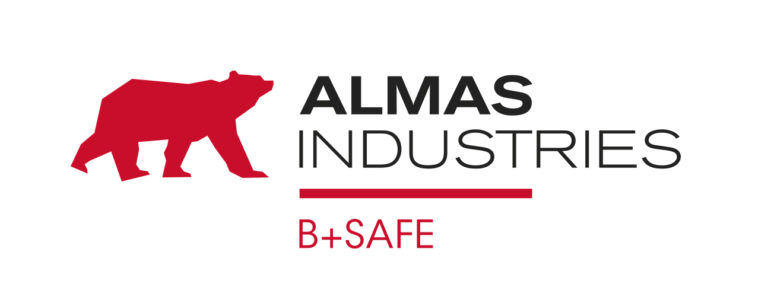Promotional body Meat & Livestock Australia has said the current equation used to determine the levels of enteric methane emissions from Australian feedlot cattle might overestimate emissions. Enteric methane is the by-product of the fermentation process that occurs in ruminant animals such as cattle and sheep.

S
Currently, the Moe and Tyrell (1979) equation, which was developed using North American Dairy cattle in the late 1970s, is used in Australia but MLA has completed projects where data from Australian feedlot cattle does not reflect predicted methane emissions.
In 2016, a project led by researchers at the University of Melbourne, funded by MLA, investigated the long-term total greenhouse gas emissions from beef feedlots. This involved collection of emissions data at two Australian feedlots. It was shown that equations used to predict methane and nitrous oxide resulted in an overestimation of up to 30% and 80%, respectively.
Further research was conducted as part of a project in 2020 which showed an overprediction of 60% by the Moe and Tyrell equation.
Fran Cowley, associate professor of livestock production at the University of New England (UNE), said: “A lot of this is a future-proofing exercise – it provides support to grain feeding being a method of reducing the carbon footprint of beef. The feedlot industry is an important way that we can work towards a carbon-neutral food production system.
“In the future, I think it’s highly likely that we will see an environment where there will be a price on market access on carbon. Being able to have a more accurate and frankly lower estimate of the emissions and carbon footprint of feedlots is going to ease potential issues accessing markets that require no or low emission product.”
















